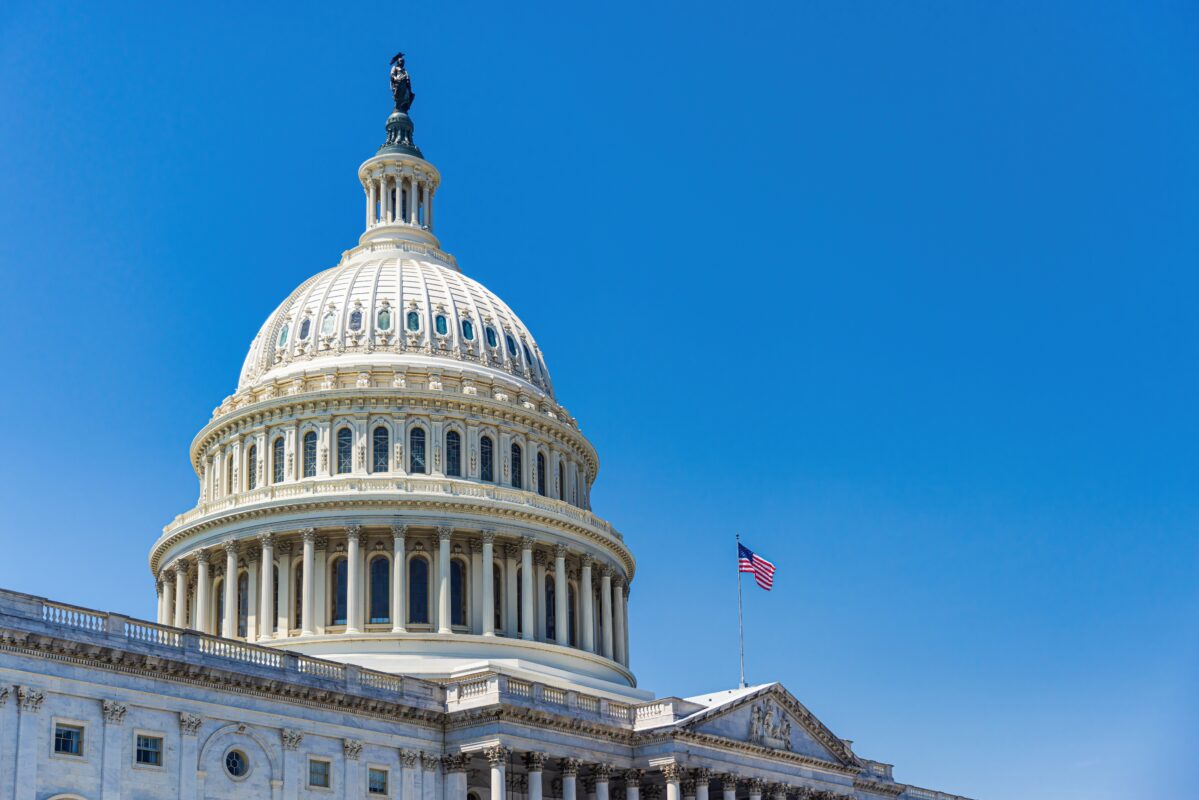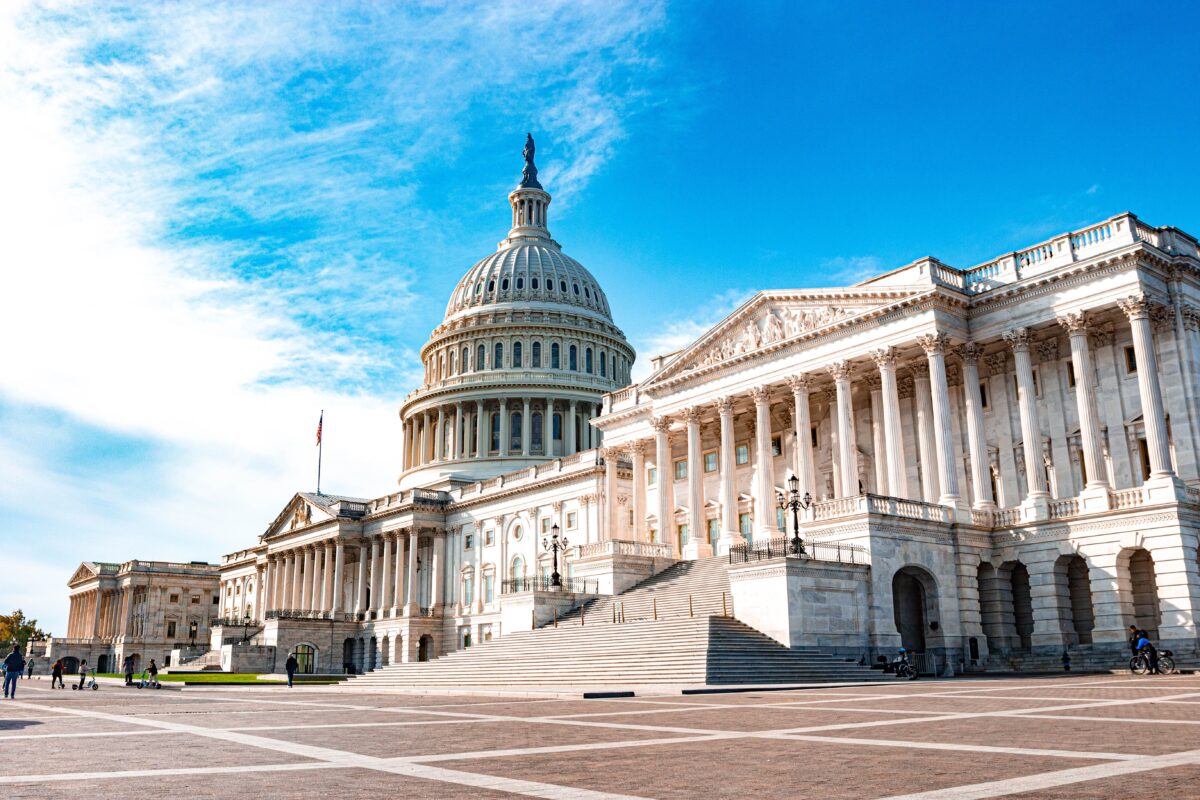In the last week or so, vast portions of the United States of America have been covered by the soft white blanket, otherwise known as winter. What is to come is what always comes with the onset of a snowy winter in the north. Travelers will spend nervous time and energy driving in suboptimal conditions. Those traveling by air will be waiting for “weather-related” delays to remove, so they can get home and see their loved ones. And once home, many will spend time outdoors clearing driveways, sidewalks, and entryways of the white flakes that cover the earth and everything else on top of it.
Being outside after a snowstorm, making a path one shovel full of snow at a time, can be a time for quiet contemplation. And then it hits you—why is it so quiet? Indeed, why is it so quiet? Through some observation and some deduction, a case for the quiet can be made. Let’s start with the easiest.
There are fewer people, vehicles, and animals out. Fewer engines, fewer brakes bringing spinning wheels to a stop, fewer neighborhood children running around, and fewer squirrels scampering. The more seldom the sources of sound, the quieter it—nothing too difficult to understand there. But it only gets interesting from there.
Fresh snow is soft and absorptive. While the direct sound travels to your ear, the weaker reflections off buildings, trees, and other objects, get absorbed more quickly. What you are left with are one direct path and few or no reflections. No wonder what little you do hear is so clear and crisp. The distant highway seems so much closer when the occasional 18-wheeler uses engine brakes. It is a reverberation free environment, almost.
The same snow, melted by the sun the day after, and refrozen by the dark cold of the night creates a very different acoustic environment. What was absorptive becomes reflective. What was clear and direct becomes reverberant and complex as many iterations of the same source reach you after bouncing off the hardened ice on the ground. What a difference a thaw and a refreeze make.
Now to the coolest of all effects. The speed of sound in gases is directly proportional to the square root of the temperature. Under normal circumstances, temperature decreases as you move from near the surface of the earth upwards. Thus, sound travels the fastest near the ground and ever more slowly as you move upwards away from the ground. The net effect is that sound essentially bends upwards under these circumstances. With snow or ice on the ground, this temperature to height relationship is often inverted. That is, temperatures are coolest near the ground and rise with increasing height. A phenomenon is known as temperature inversion. Under conditions of inversion, the speed of sound is slowest near the ground and increases with increasing distance from the ground. The net effect is that sound bends downwards under conditions of inversion. This downward refraction of sound has the effect of making distant objects sound as if they were even closer. This is the strongest reason for soundscapes to be altered in perception when there is snow on the ground, and it is cold outside. Have fun out in the snow and keep your ears open—it’s an upside-down world out there.
Recent Posts
Congress Introduces Legislation to Protect Audiology Students’ Access to Federal Loans
New bipartisan legislation (H.R. 6718) introduced in the U.S. House of Representatives would restore audiology to the federal definition of a professional degree under the…
Academy Presents Inaugural AAA National Health Leadership Award to Representative Bilirakis
Today, Patrick Gallagher, Executive Director of the American Academy of Audiology, presented the inaugural AAA National Hearing Health Leadership Award to Representative Gus Bilirakis (R-FL)…
2026 Academy Honors and Awards Recipients
Every year, the Academy asks colleagues, friends, and mentees to look around their professional circles and identify members who are deserving of recognition for outstanding…


